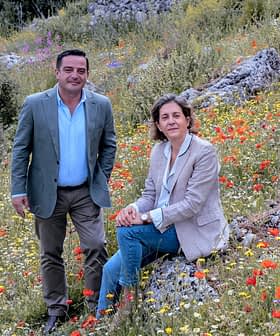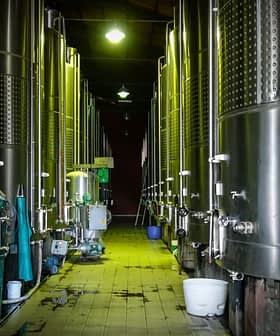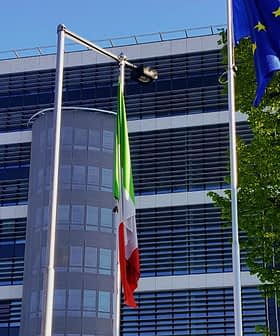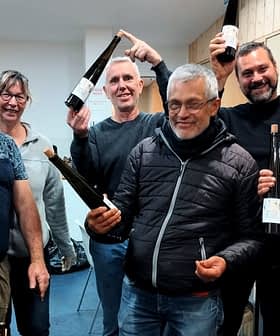Researchers Unveil the Latest Technologies to Help Harvest and Produce Olive Oil
Spanish researchers have worked to develop new technologies in response to what some of the industry's largest stakeholders said they needed most.
 Interprofessional Association of Spanish Olive Oil
Interprofessional Association of Spanish Olive Oil  9.1K reads
9.1K readsThe researchers behind the Innolivar project presented their work at the University of Córdoba in Andalusia after four years of development. The project focused on developing technologies related to mechanization of olive groves, sustainability, climate change mitigation, biotechnology, and traceability to improve olive farming practices and make Spanish olive oil producers more competitive globally. Among the technologies developed were vehicles for working on sloping olive groves, self-propelled harvesters for high-density groves, intelligent atomizers for pesticide application, and prototypes for automating the milling and filtering process to enhance traceability.
After four years, the researchers behind the Innolivar project presented some of their work at the University of Córdoba in Andalusia.
The project focused on developing 12 separate pieces of technology and lines of investigation related to the mechanization of olive groves, improving sustainability, climate change mitigation tactics and developing biotechnology and traceability technology.
If we manage to get some or many of the prototypes into the commercial phase… it will make the Spanish olive grove more competitive and facilitate its international expansion
Since the project began in 2017, researchers from the university and their partners in the private sector have worked to develop new patents and build prototypes that will eventually be sold to olive farmers and oil producers in response to what some of the industry’s largest stakeholders told the researchers they needed most.
Among the technologies developed by the researchers were two meant to help both traditional growers and high-density farmers.
See Also:Andalusia Plans an Olive Oil Center in JaénFor traditional growers, the researchers developed a “multipurpose vehicle for work in sloping olive groves that are difficult to mechanize.”
Jesús Gil Ribes, a professor of agroforestry at the University of Córdoba and the project’s scientific director, told Olive Oil Times the researchers decided to develop this project due to the high number of deaths in Spain caused by overturned tractors, which he estimated at one each week.
“In Andalusia, the main producing region, with almost 80 percent of the total, there are more than half a million hectares with average slopes greater than 15 percent and more than a quarter of a million with more than 25 percent,” he said.
The new vehicles feature articulated joints on each of the four independent wheels, which along with the help of hydraulic cylinders, allow the vehicle to change its track width and center of gravity while moving on slopes.
“In addition, the cabin is self-leveling, and the tractor can work on side slopes of up to 45 percent,” Gil Ribes added.
As a result, the new vehicle will allow traditional farmers to work on steeper slopes. He added that the vehicle also features numerous hitches, allowing farmers to use different tools simultaneously.
Meanwhile, the researchers have manufactured a self-propelled harvester for high-density groves to quickly and efficiently gather the olives.
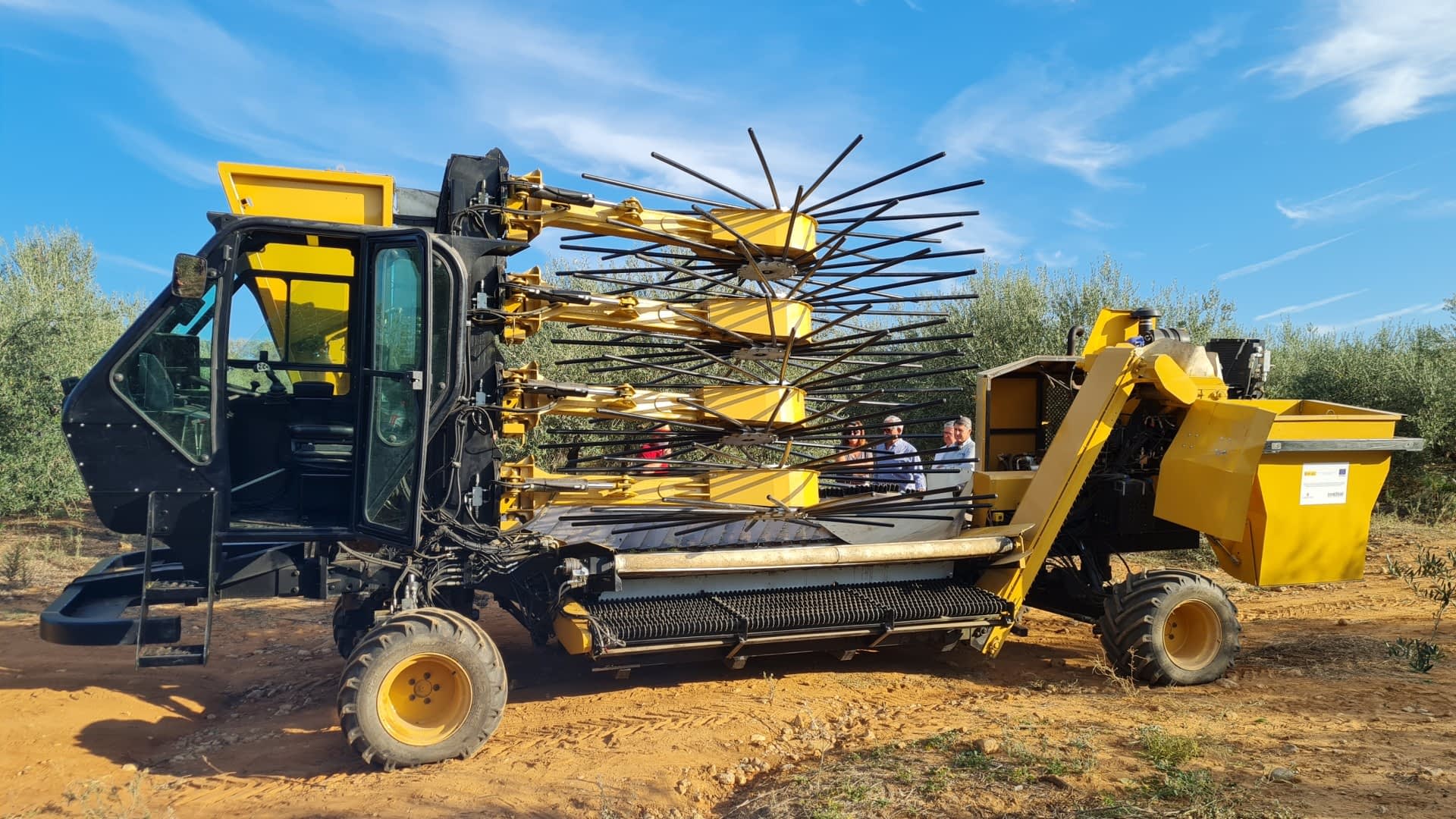
Interprofessional Association of Spanish Olive Oil
Gil Ribes said the idea behind this machine is to reduce the number of people required to harvest the olives.
Instead of the traditional teams of 10 people, including the machine operatory and crew that helped move the canvas and collect the fallen fruit, the new machine will reduce the number to two or three.
The goal of these harvesters is to reduce the cost of collecting olives. However, Gil Ribes said they could also be adapted to other crops, including citrus and almonds.
“There are two types of combines developed,” he said. “Those based on trunk vibration and simultaneous mechanical shaking of the crown, which is done by olive growers who are riding harvesters on intensive [high-density] olive groves and who need the help of automated support systems to detect trunks by the vibrator clamp and for its vibration. This work is intermittent.”
There are also “those based on lateral cup shakers equipped with trunk detection systems that allow their driving to be semi-automated and olive tree crown detection systems so that the shaker elements can automatically adapt to them. This work is continuous,” Gil Ribes added.
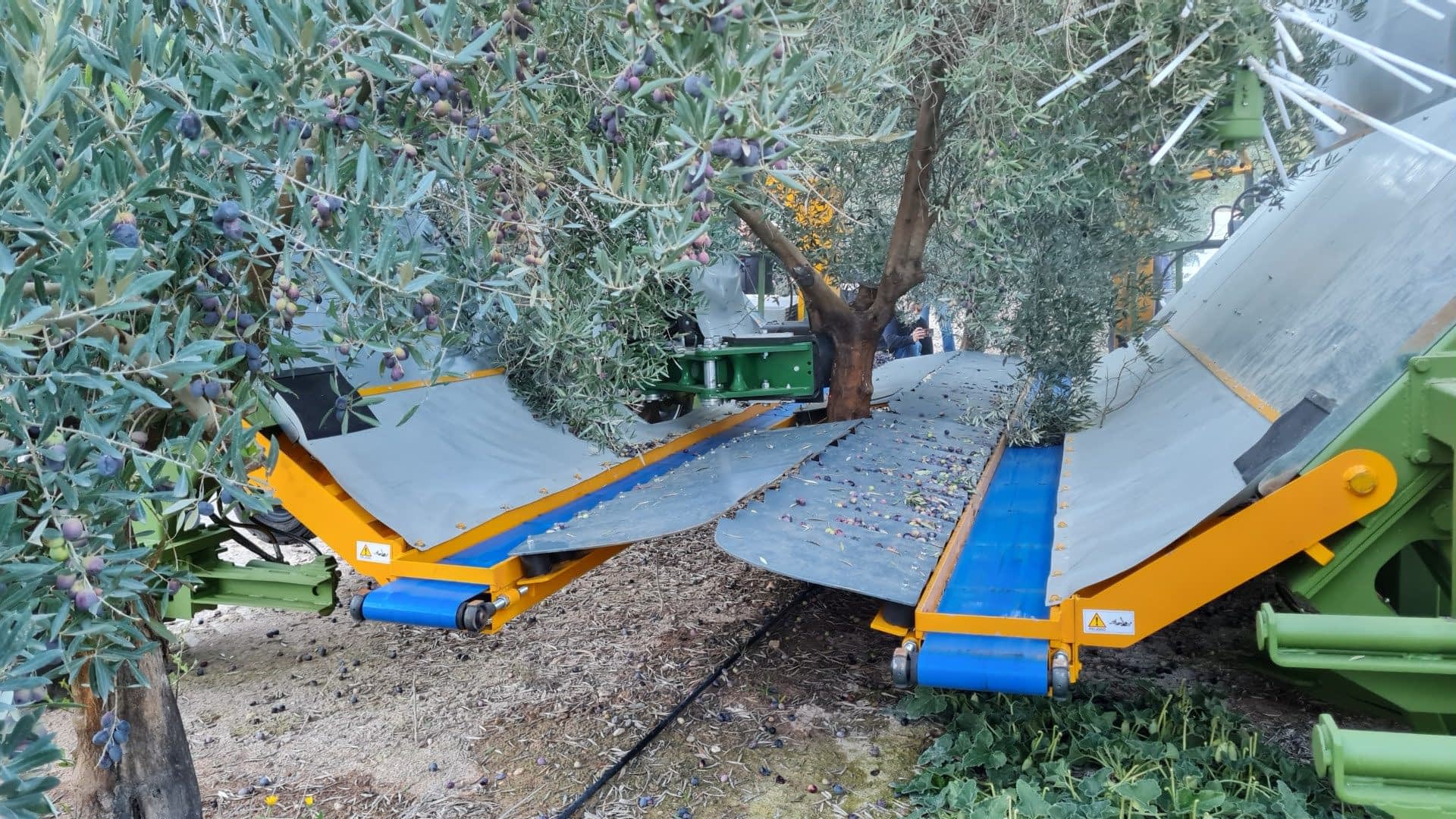
Interprofessional Association of Spanish Olive Oil
“Both types require adapted pruning, which is not too demanding, and they have remote tracking and harvest monitoring systems,” he continued.
Researchers also investigated new olive varieties to adapt to high-density and super-high-density groves.
Sikitita, Sikitita Dos, Martina and seven advanced selections from the University of Córdoba and the Andalusian Institute for Agricultural and Fisheries Research (IFAPA) breeding program are being tested in the groves.
“In 2021, the first significant harvest was harvested in the four trials, and it is planned to continue evaluating them for at least five more years,” Gil Ribes said.
Along with technology to help farmers’ productivity, the researchers also spent considerable time focusing on sustainability, including the development of an intelligent atomizer, which allows farmers to apply pesticides at different times and concentrations, depending on the need of the tree.
Gil Ribes said the goal was to reduce the pesticide required to keep the olives safe from pests and diseases.
Among the technologies developed for this end were automatic detection systems that use two three-dimensional cameras or ultrasound sensors to scan the trees in real-time and apply pesticides as necessary. Gil Ribes said these systems are 35 percent more efficient.
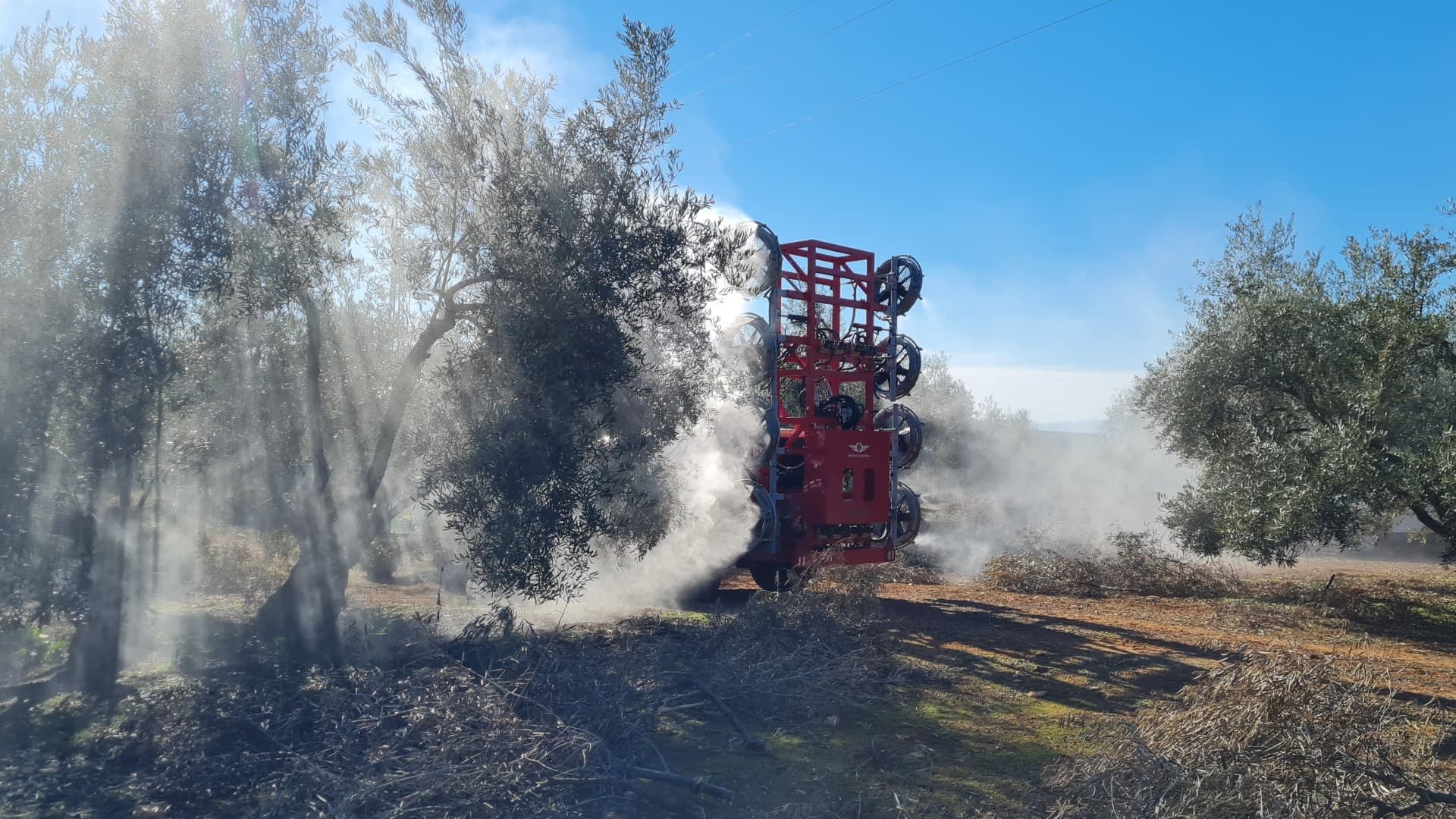
Interprofessional Association of Spanish Olive Oil
The researchers also developed refrigeration units for the pesticides, which prevents them from evaporating as quickly, and remote monitoring and spraying controls that upload data online, allowing farmers to monitor their use more concisely.
“They are more expensive but more efficient equipment that will reduce the use of phytosanitary products as required by the European Commission’s Farm-to-Fork strategy,” he said.
The researchers also designed machinery to gather and shred all the refuse from pruning the olive trees in the spring, which will simultaneously remove a vector for many common pests and allow producers to create mulch and compost.
Researchers also developed biotechnical products to help farmers stem the spread of common pests and diseases affecting olive trees, including an entomopathogenic fungi formulation to kill the olive fruit fly sustainably. Other products that kill the microorganisms responsible for verticillium wilt are also being tested.
However, Gil warned that the biotechnology projects have a much longer-term time scale due to various bureaucratic hurdles.
“Biotech projects [aimed at fighting diseases] need a long and expensive approval process,” he said. “But there are companies willing to do it.”
Along with researching means and technologies to improve olive farming, Innolivar also focused on oil production and traceability. Researchers designed prototypes to help automate the milling and filtering process.
Among these is a prototype that Gil Ribes said would help with the classifying and sorting of olives as soon as they arrive in the mill without supervision from a person.
“This prototype allows batches to be classified according to their state of maturity, temperature, degree of dirtiness and presence of damage,” he said.
“On the other hand, Prototype 7 Automation of the filtering process is a system that allows continuous control and action on the degree of turbidity of the oil and the presence of impurities, in an automated and digitalized way,” Gil Ribes added.
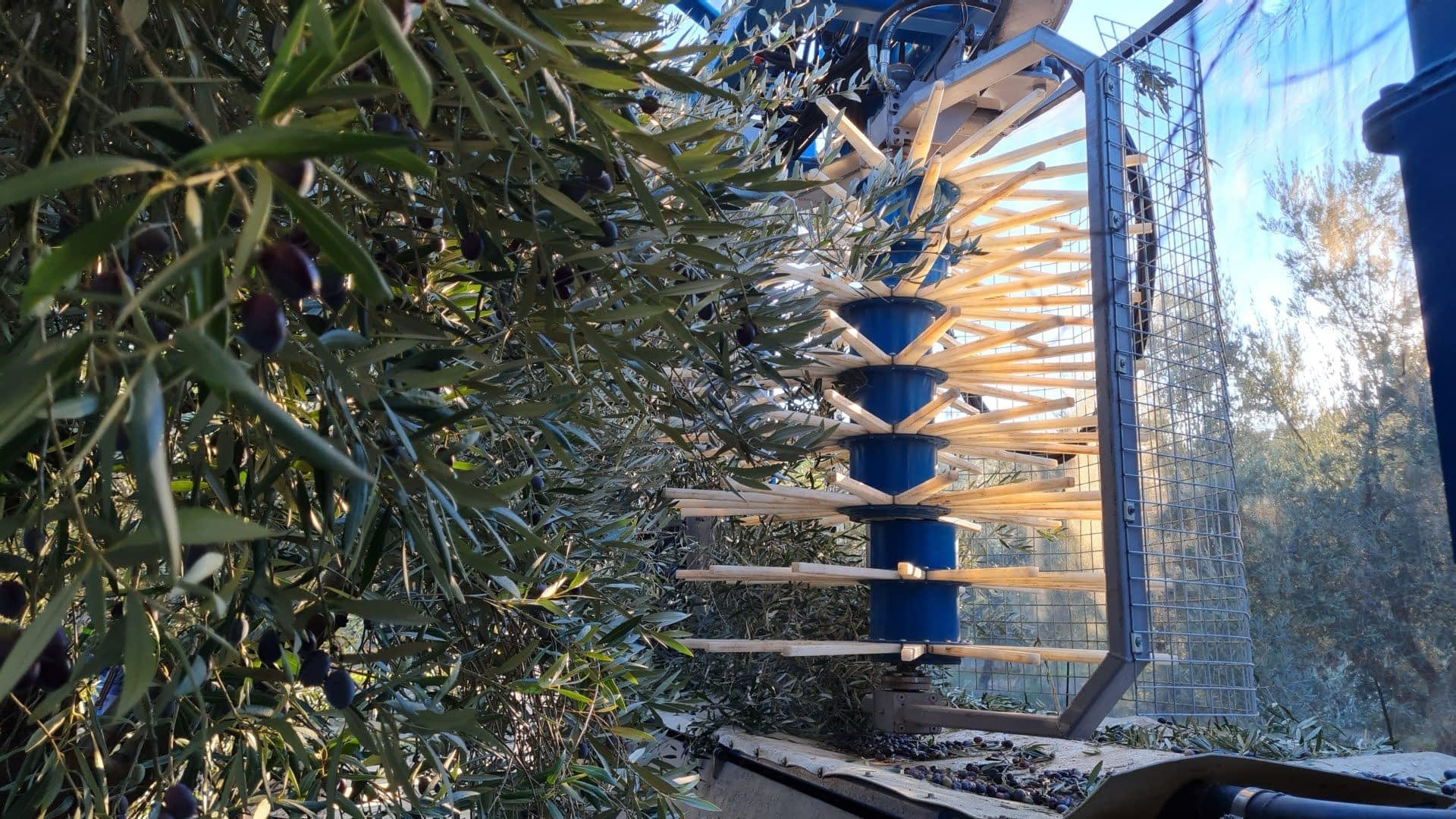
Interprofessional Association of Spanish Olive Oil
Automation in the mill will add value to the olive oil in terms of traceability because the data about the olives can be tracked throughout the transformation process.
“Costs can be reduced because prototypes require less labor because they are embedded in a data model operated from the cloud and do not require a physical presence,” Gil Ribes said.
Away from the production side, the researchers also worked on developing chemical tasting instruments to determine and identify the chemical compounds responsible for the olive oil’s flavors and aromas. Gil Ribes described the machines as an “electronic nose and mouth.”
“These instruments work by analyzing oil samples from each category and creating characteristic profiles for each of them,” Gil Ribes added.
One prototype does this by analyzing the volatile compounds present in a gram of oil without chemical reagents.
“The oil sample is gently heated to encourage the removal of volatiles, and these are separated in a gas chromatograph and detected in an ion mobility spectrometer or mass spectrometer,” Gil Ribes said.
“On the other hand, the second designed prototype analyzes the compounds that the taster appreciates in the mouth,” he added. “In this case, it is necessary to extract the polar compounds from the oil. They are analyzed using ionic mobility spectrometry that can optionally be coupled to a spectrometer of masses.”
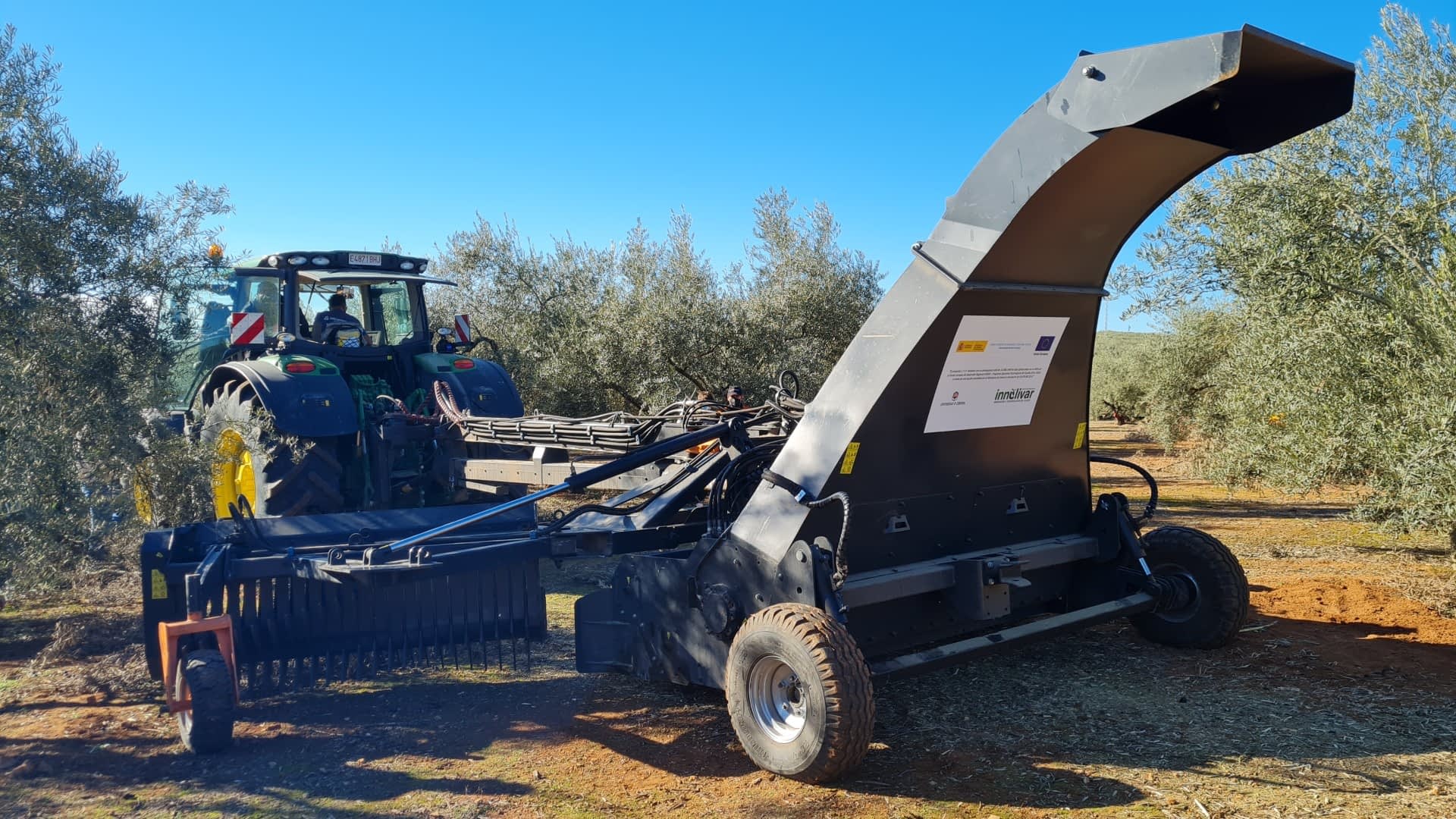
Interprofessional Association of Spanish Olive Oil
The results provided by these two machines create a “spectral fingerprint” for the oil that can later be used to identify it.
Gil Ribes said that the development of these machines required at least 300 samples of olive oil made from different varieties, geographical areas and harvest seasons. Then, the results from each test were compared with the results obtained from two tasting panels.
“Once the instruments have been calibrated with this number of samples, they could work automatically for years assigning the category of an oil sample with a high degree of reliability, at a very low cost per sample,” he said.
While the topics covered by the researchers over the past four years have been quite eclectic, Gil Ribes said the goal for all of them is the same: to make Spanish olive oil producers more competitive on the global market.
“If we manage to get some or many of the prototypes into the commercial phase (there are already three lines that have reached the market), it will make the Spanish olive grove more competitive and facilitate its international expansion,” he said.
“The improvement of its mechanization, the control of erosion, the improvement of the mills, the chemical tasting, the biological fight against pests and diseases, the new varieties for hedgerows of which in practice only two are available, and the traceability from the field to the consumer are all key aspects in this regard,” Gil Ribes concluded.
Share this article



